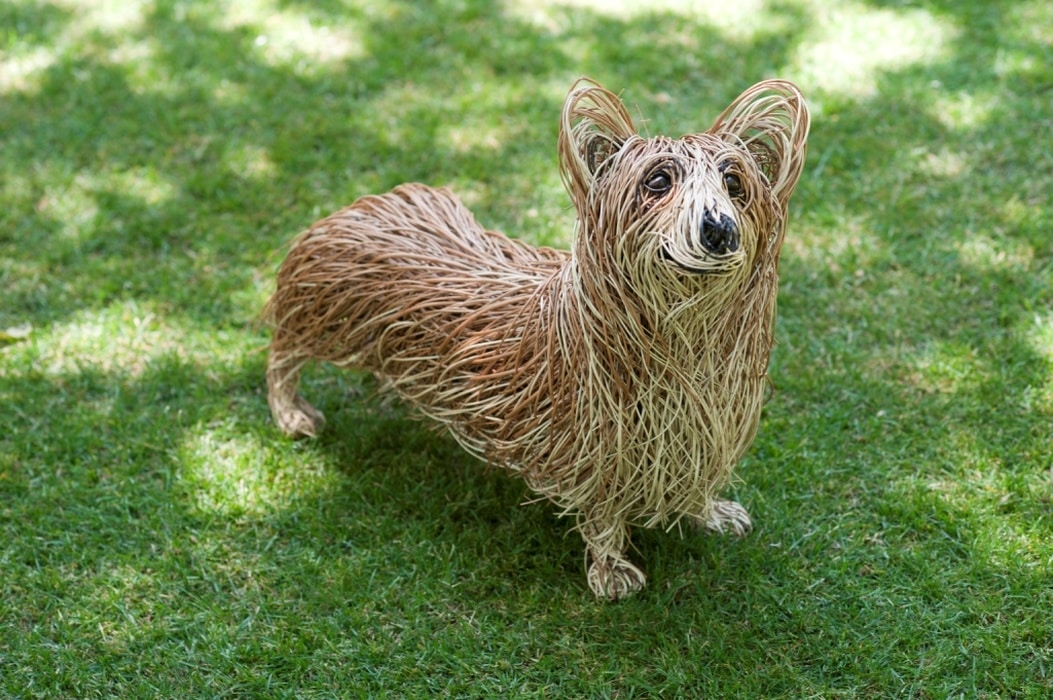

Three people are now facing charges under the Animal Protection Act and Criminal Code in connection to Ruby and the other rescued animals. One of the accused has previous convictions under the Animal Protection Act. "Ruby was an exceptionally sweet dog whose tail wagged to the very end, despite the pain that she was suffering," said Brad Nichols, senior manager of cruelty investigations at the Calgary Humane Society.
:max_bytes(150000):strip_icc()/__opt__aboutcom__coeus__resources__content_migration__treehugger__images__2018__12__willow-stag-1-79278d3c00034fe1add6b80081b68254.jpg)
Nichols said the investigation was a collaborative effort between the Calgary Humane Society and the Calgary Police Service. "It is satisfying to see a conclusion to this investigation, which sees those responsible for Ruby's severe neglect held accountable," Nichols said. The humane society said it is grateful to the Calgary resident who helped the investigation by providing information. The three are set to appear in court on March 31.White and black spruce dig plant their roots into the sandy soil and dominate the densely-forested landscape, where the trees can be over 20 meters tall! Tamaracks and shrubs such as alders and willows grow wherever sunlight comes through. In the spring, male black-capped chickadees bring food back to the female and young and on the south side of the Alaska Range black bears roam the forests with their cubs. In contrast to the dense spruce, trees in open spruce forests usually only grow around 7.5 meters tall. Frequently fires sweep across this landscape, but fire can help release seeds from black spruces’ semi-serotinous cones. Flashes of red feathers through the air offer clues of ruby-crowned kinglets and white winged crossbills, collecting insects and conifer seeds, respectively, in this more open forest. Red-backed voles and lynx can also be found wandering through the black spruce, labrador tea, and alders.

Alluvial fans-or cone-shaped deposits of gravel-and outwash-floodplains created by rivers offer excellent conditions for this landcover type.Ī stroll through the stunted spruce forest is certainly a feast for the nose. Plants like bog blueberry and labrador tea dominate this landscape, filling the air with fragrances. Bog Labrador tea leaves were even used by Native Americans across the country. It was also historically used to treat ailments such as asthma, diarrhea, pneumonia, sore throats, and headaches, depending on the region of the country. Black spruce trees Found at lower elevations north of the Alaska Range, soils are cold and poorly drained with abundant permafrost. Lady slipper orchids and dwarf dogwoods can be found scattered throughout the understory. Steep rocky slopes made up of glacial sediment can be found throughout the park, creating prime habitat for various species of alder shrubs. In fact, over ¾ of the plants found in this landcover type are alder species! This genus ( Alnus spp.) is special because it has the ability to fixate nitrogen. The alder plant forms a team with bacteria in the soil-called a symbiotic relationship-in order to take nitrogen from the ground instead of the air. This allows alders to grow in less fertile habitats because they are able to take up more nutrients from the soil. Green false hellebore and devil’s club are two other plants that can be found in the understory here. Six species of willows dominate the overstory of willow landscapes, including the Alaska willow. Willows are insect- (often bumblebee-) pollinated and produce a large amount of seeds which are dispersed by wind and water. This landcover type is most frequently found around mid-elevation alluvial stream deposits and near small streams, making dispersal of seeds easy. Grasses and sedges such as cow parsnip and bluejoint grass can also be found here. The white-crowned sparrow is well-known for whistling and buzzing through the low vegetation. Though it spends its summer in northern habitats such as Alaska, these sparrows migrate south for the winter. They are also known for having different song “dialects” based on where they are from.


 0 kommentar(er)
0 kommentar(er)
